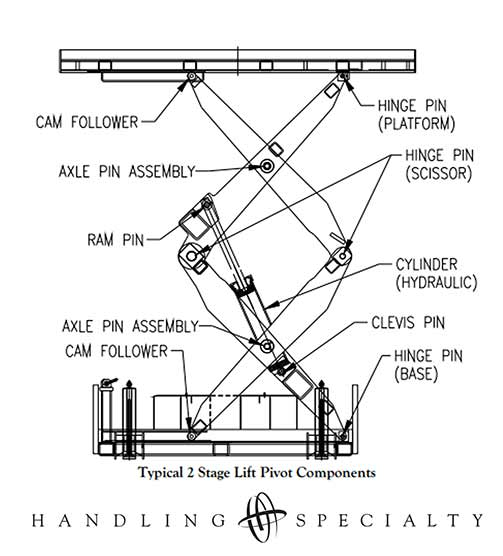Complete novice looking for a simple "yes, you can do that" or a "don't be daft" answer Anything in addition to one of these would be a complete bonus.
I'm thinking about at using four 12v or 24v linear actuators to raise and lower a queen size mattress and bed frame in a camper truck I'm designing. Total load would be less than 50kgs (bed would always be empty when moving). The height it needs to lift from the floor is 1700 - i.e. I want 1700mm clearance when the bed is in the raised position (there will be benches and a table below and I will eat there and work there so I just need seated headroom). I actually need the bottom of the bed frame when it is "down" to be around 750mm off the ground (table height). I guess this means that the stroke will be 950 mm then.
Not sure with actuators how this will all move at the same speed. That's another question I haven't asked yet. I have seen this done but I could not remember the video - the guy actually explained how he controlled this.
Happy to consider absolutely any mechanism - cables and winch, screw jacks - really open to suggestions. Needs to have minimum physical effort as my other half has damaged shoulders and needs to be able to operate when I'm not there.
A little more info to clarify. The vehicle will be a Mercedes Unimog U1700L. Tray dimensions are approx 4050MM (L) X 2375MM (W) X 500MM (H). The area I will be working with will be approximately the same (less wall thickness - probably 29mm (25 + 2 x 2mm walls) all round. I'm planning on making the entire box myself with composite fiberglass panels or possibly with walk-in freezer panels. Still in the early planning stage at the moment.



